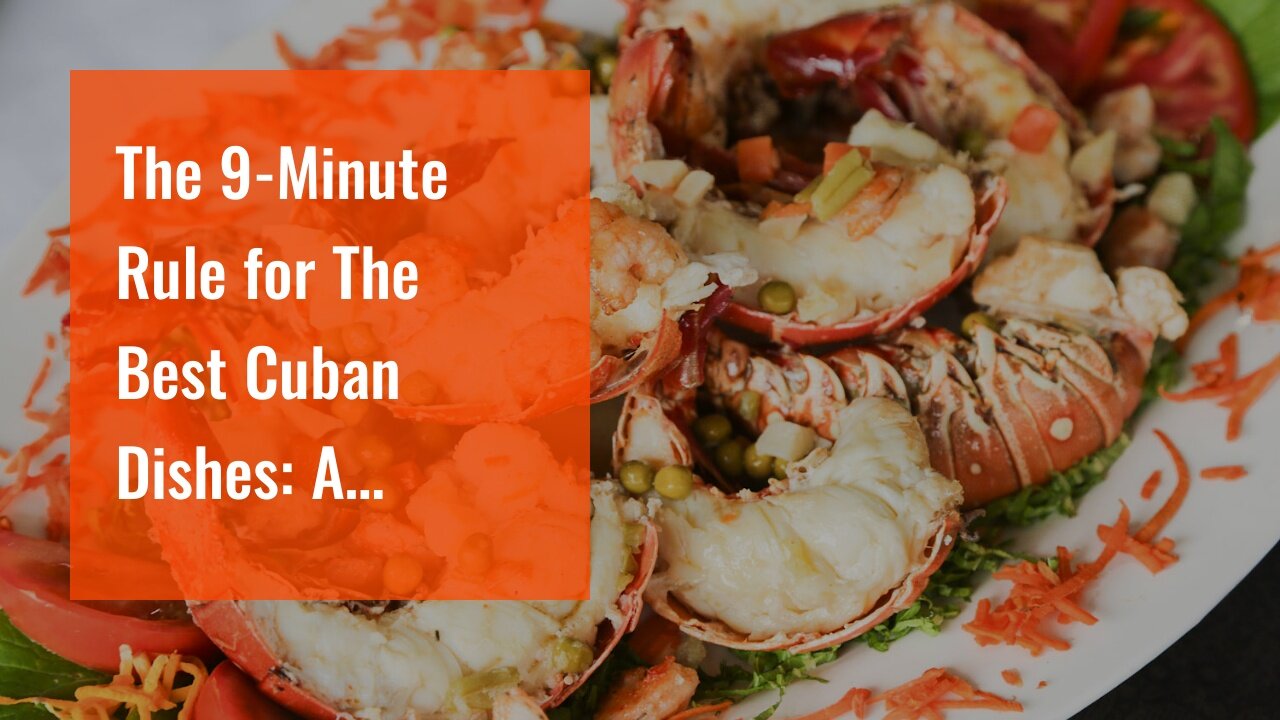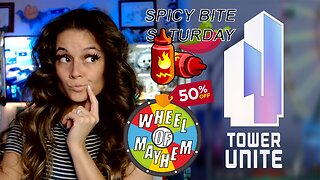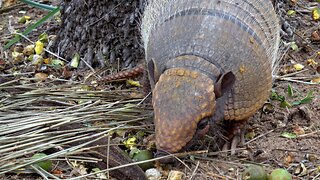Premium Only Content

The 9-Minute Rule for The Best Cuban Dishes: A Culinary Tour of The Island - Iberostar
Cuban cuisineand Schwartz, Joan, Memories of a Cuban Cooking area: More than 200 traditional dishes. New York City: Macmillan. 1992. External links [edit]
INDICATION UP TO RECEIVE OFFERS & PROMOTIONS Close Window
Cuba is an island 90 miles off the Florida coast. It was the first and last Spanish colony developed in the area. The food culture is the direct result of several aspects intermixing: the history of the different people who settled there, its island place, and its tropical climate. Learn how imperialism, migrations and historic occasions affected the island's food identity.
Cuban food is a blend of Indigenous Taino foods, Spanish, African, and Caribbean cuisines. Throughout the colonial age, Havana was an essential trading port, and Spanish invaders travelled through the city before moving on to other towns and islands. The Spanish brought cattle and pigs, which were incorporated into the foods.
As large groups of Chinese indentured workers were brought from China to do the work formerly done by enslaved Africans when the enslavement of African people was outlawed, notable Chinese influence on the food also surfaced in the Havana location in the mid-1800s. Castro's Cuba The Cuban transformation and breakdown of U.S.
Cuba was cut off from its source of imports and needed to discover other sources to keep the economy going. When Fidel Castro stated Cuba a Communist nation, the island's ties enhanced with the Soviet Union throughout the Cold War. New foodstuff entered the Cuban diet plan like wheat, pasta, pizza, and yogurt.
Beef and lard almost disappeared from the diet plan. The Cold War had a considerable effect on Cuban food. Since U.S. policy had forbidden trade with Cuba, the island has been required to alter its diet plan. In Cuba, you will not discover any American influence on Cuban food. However, in American Cuban immigrant communities such as Miami, American influences are ever-present in Cuban food and dishes.
A number of dishes consist of seafood as it is readily abundant on the island. Other popular starchy foods are plantains, bananas, and rice. are flattened and fried green plantains, an African-inspired dish, and a remnant from the days of chains on the island. China's impact was substantial as they were the first to generate rice.https://www.facebook.com/profile.php?id=100063449813934
-
 6:04:40
6:04:40
Akademiks
6 hours agoRoc Nation & Meg Thee Stallion did a 7 HOUR Deposition with me. Drake Secret Kid Finally Revealed.
18.1K1 -
 LIVE
LIVE
Mally_Mouse
20 hours ago🌶️ 🥵Spicy BITE Saturday!! 🥵🌶️- Let's Play: Tower Unite!
150 watching -
 24:19
24:19
Stephen Gardner
2 hours ago🚨BREAKING: FBI Raid of John Bolton’s House Reveals THIS!
20.3K53 -
 8:31
8:31
MattMorseTV
4 hours ago $0.73 earnedTexas just did the IMPOSSIBLE.
22.1K55 -
 24:39
24:39
MYLUNCHBREAK CHANNEL PAGE
1 day agoInterdimensional Beings at Borobudur
29.4K18 -
 12:42
12:42
Scammer Payback
22 hours agoCalling Scammers who were Raided
9.46K10 -
 23:31
23:31
IsaacButterfield
15 hours ago $0.02 earnedThe Woke Mob Is Really CANCELLING Matt Rife For THIS…
9.83K10 -
 1:23
1:23
WildCreatures
8 days ago $0.94 earnedThis mother armadillo eating her palm nuts is truly adorable
10K14 -
 8:59
8:59
The Art of Improvement
10 hours ago $0.01 earnedHow to Build the Most Powerful Mindset for Success
9.9K2 -
 18:12:15
18:12:15
GritsGG
1 day ago36 Hour Stream! Most Wins 3420+ 🧠
237K11